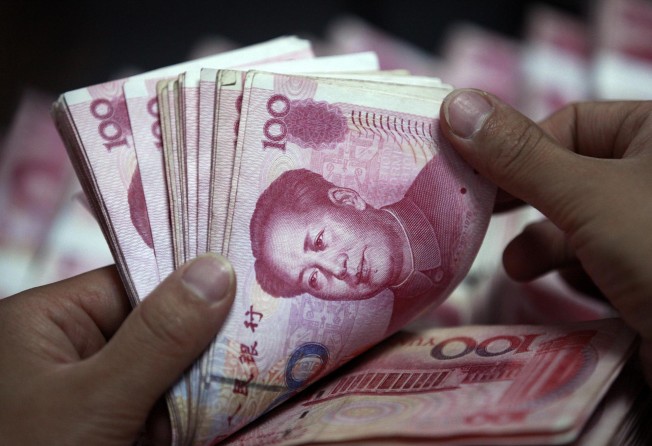Expectations mount for more China interest rate liberalisation
Expectations mount for removal of deposit ceiling after PBOC's scrapping of lending floor

What will be the next step in Beijing's interest rate liberalisation programme? The forecasting game has begun after the central bank freed up lending rates earlier this month, disappointing market participants who had anticipated a more significant change.
It had been widely expected that the government would allow deposit rates to float upwards by another 10 per cent, following a similar move in June last year, in the light of the new leadership's expressed desire to let market forces play a bigger role in deciding interest rates this year.
The abolition of the floor on loan rates announced by the People's Bank of China was a small step in the liberalisation of rates, because the allowed band of 30 per cent below the PBOC's benchmark rate was almost never fully exploited by banks, which benefit from a seller's market in loans to firms.
If banks were free to set their deposit rates, however, the rates could rise significantly as smaller lenders would compete for deposits. As a result, banks would no longer be able to enjoy such fat profits from simply taking deposits and making loans.
"The scrapping of a ceiling on deposit rates would be the final step in China's interest rate liberalisation," Wu Xiaoling, a former PBOC vice-governor, said at a Beijing forum on Tuesday. "It is unlikely to happen either this year or the next."
Wu said a sudden lifting of the deposit rate ceiling would likely result in rate wars among financial institutions, threatening the survival of small lenders. She said the launch of a deposit insurance system to protect depositors would be a prerequisite for abandoning the deposit rate ceiling.
S&P analyst Liao Qiang said the liberalisation of deposit rates was set to be gradual, as policymakers struck "a delicate balance" between pushing ahead with the financial reform and maintaining banks' profitability that would allow them to absorb losses from bad loans.
"The balance is needed, because Chinese banks have accumulated relatively high credit risk in sectors including local government financing vehicles, real estate development, steel and other industries grappling with overcapacity," Liao said.
Barclays Capital analyst May Yan expects Beijing to liberalise rates for deposits of large amounts and long maturities first and then introduce new products - for example large certificates of deposit - in the next step of interest rate deregulation.
"These measures should have a smaller impact on banks' net interest margin than a 10 per cent parallel move [to last year's]," Yan said. Net interest margin is a measure of profitability, based on the spread between interest that banks earn on loans and what they pay on deposits.
Liberalising one-year or longer-term deposit rates could reduce banks' net interest margin moderately, by 0.04 to 0.06 percentage point, she said.
The central bank said on Friday it would further promote the establishment of market benchmark rates and expand market-rate-driven funding products, after an interbank cash squeeze last month generated widespread panic when few market indicators were available to provide a clear picture of the liquidity situation.
JP Morgan economist Zhu Haibin said Beijing's next steps, including relinquishing control over long-term deposit rates would likely take place in the next six to 12 months.
Additional reporting by Jeanny Yu